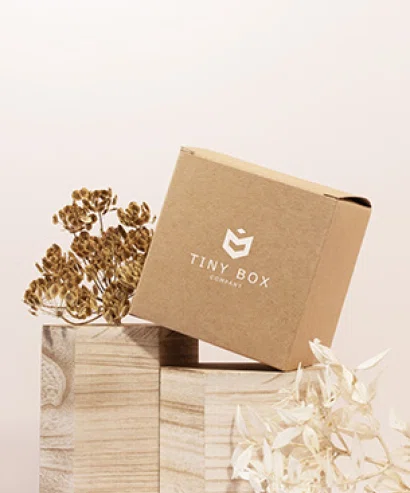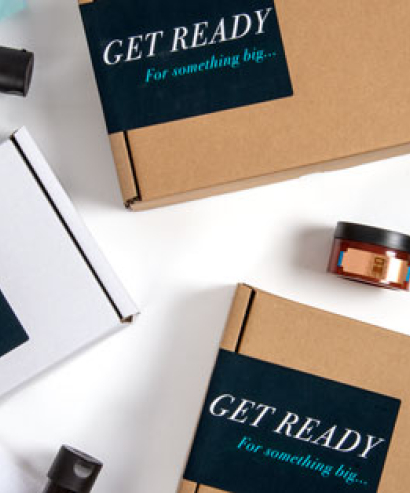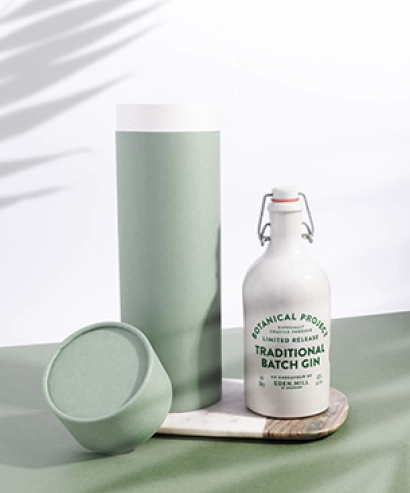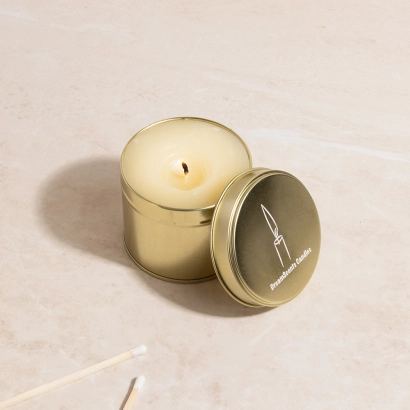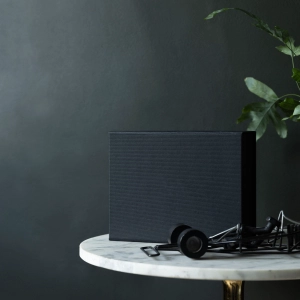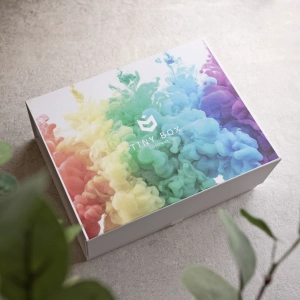
Recycling symbols explained:
How to recognise different recycling symbols and dispose of waste properly
Reduce, reuse, and recycle - these three words have become ubiquitous with consuming goods in the modern world and for good reason. Recycling is a critical process that helps us save natural resources, reduce pollution, fight climate change, and keep our environment clean.
But with so many types of recycling symbols out there, it can be challenging to understand what they all mean, leading to perfectly recyclable materials heading to landfill sites or worse, contaminating other recyclable materials.
In order to understand all of the different recyclable packaging, it's probably important to understand the different types of recycling logos and symbols.
General recycling symbols:
These are some of the most widely known symbols you can find regarding recycling.
The Mobius Loop
The Mobius Loop, also known as the recycling symbol, is the most recognizable symbol of recycling. It's a triangle made of arrows that form a continuous loop and indicates that the product is recyclable, but it does not necessarily mean that it will be accepted for recycling in all areas.
It can be found on just about every form of recycling-related product, including on your household recycling bins. It is essential to check with your national or local laws or recycling program to see which materials they accept to ensure that your trip isn't wasted, or perhaps more importantly that recyclable waste isn't contaminated.

The Green Dot
The Green Dot logo is a symbol that indicates a manufacturer's contribution to the cost of recovery and recycling of packaging materials. The symbol was created by Klaus Töpfer, Germany's environment minister in the early 1990s, and is widely used in Europe and other parts of the world.
The Green Dot is used to show that the manufacturer of the packaging has paid a financial contribution to a qualified national packaging recovery organisation in an attempt to offset some of the environmental cost of production. It's important to know that usage of the Green Dot logo is controlled and regulated by the Packaging Recovery Organisation Europe and can only be used by applying to the organisation directly.

Glass Recycling Symbol
Glass bottles, jars and other glass containers that are recyclable usually have a symbol that looks like a wine glass or a jar with three arrows chasing each other in a circle.
Glass is commonly recyclable and can generally be disposed of in your household recycling bin, failing that can be taken to designated bottle banks.
This symbol indicates that the product is recyclable, and it can be melted down and made into new glass products.

Aluminium Recycling Symbol
Recyclable aluminium products have a symbol that looks like a circle of arrows surrounding the letters "alu". This symbol indicates that the product is recyclable and can be melted down to make new aluminium products.

Plastic Resin Codes
Plastic products often have a number from 1 to 7 inside a triangle of arrows. This number represents the type of plastic used to make the product. The codes range from 1 for PET (polyethylene terephthalate) to 7 for other plastics, which can include a mixture of different plastics.
- PET - Polyethylene Terephthalate
PET is one of, if not the most common type of plastic in the world. It's considered food safe as it doesn't easily leach chemicals into its contents and is therefore used most in plastic bottles for drinks, plastic wrapping for food packaging and takeaway food trays. PET is a commonly recycled material, which you can distinguish by the symbol rPET. - HDPE - High-Density Polyethylene
High-density polyethylene is another form of plastic that is widely recycled. It's fairly durable and is able to resist most chemical solvents which means it's normally used for chemical products like cleaning products, soap and shampoo. Oh and milk bottles, for some reason. - PVC - Polyvinyl Chloride
Another very common type of plastic resin that's designed to be durable and weather resistant. Because of this, it's used in more industrial and DIY settings like piping and guttering, however, is also used in many other things like toys, and is even a common leather alternative. - LDPE - Low Density Polyethylene
LDPE is a popular single-use plastic, often used in food packaging and plastic bags like Ziploc and bread bags, because it's less toxic than other plastic alternatives. LDPE is difficult to recycle and is generally not accepted by local authorities, however, it's becoming more common to find drop-off stations at local supermarkets where they can be recycled at dedicated recycling centres. - Polypropylene
Polypropylene is a lightweight plastic with excellent heat resistance, making it ideal for use in food containers like takeaway boxes and ice cream tubs. It's widely recycled in many places, however still worth checking with your local recycling centre, or with your local authority/council. Worth remembering that crisp packets and chocolate wrappers, which are made with polypropylene, also contain laminated layers of normally recyclable aluminium, which is almost impossible to separate, rendering them not recyclable. - Polystyrene
Polystyrene (aka styrofoam) is one you've almost certainly heard of before. This foam-like polymer has two versions: puffed and condensed. The condensed version is used in food containers although is falling out of fashion as it's been known to leach chemicals when heated... yikes. Puffed polystyrene is used more for void fill like packing peanuts. - "Other"
The "Other" recycling symbol is reserved for, well, other types of plastic. This includes anything marked as "bioplastic" or "compostable plastic", for example, PLA. A relatively new form of bioplastic, PLA is made from plant materials and is a form of compostable packaging material, and a great example of "recycling isn't always better". Because PLA will fully biodegrade, it's unable to be recycled by standard recycling plants and has to be composted at commercial composting plants.

Other waste materials:
Waste Electricals
Waste electricals can be extremely tricky to recycle due to the number of different materials that go into their production. Plastic, rubber, copper, and even gold and platinum can be extracted from post-consumer electrical products, but can often prove dangerous.
Modern devices like smartphones, laptops and even cars often have integrated batteries containing lithium, which if damaged can burst into flames or even explode. Because of this, electrical waste has to be sent to specialist recycling centres to be deconstructed safely and not sent to general household recycling centres like most other materials.
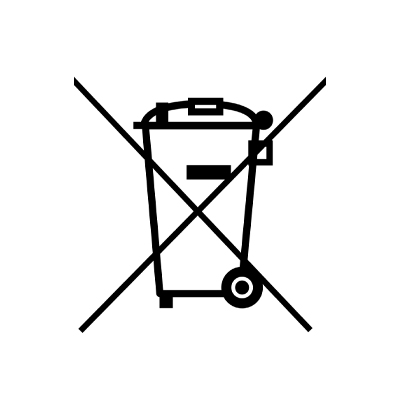
Compostable Symbol
I won't go on much about this one, as it's already been covered fairly comprehensively in a previous blog here, but the symbol for compostable packaging is known as the "seedling" logo and is regulated to products that conform with European standard EN 13432/14955. Just to recap: With compostable packaging and other compostable materials, you need to check whether they're suitable for home composting or need to be sent off to an industrial composting plant. An industrial composting unit is able to process huge amounts of compostable material, including certain industrially compostable that requires a higher temperature to start composting.
Unfortunately, there are no official logos separating home compostable packaging from packaging that is industrially compostable only. There are initiatives that are recognised, such as TÜV Austria's certification program, however, there is no requirement to use these independently certified programs.

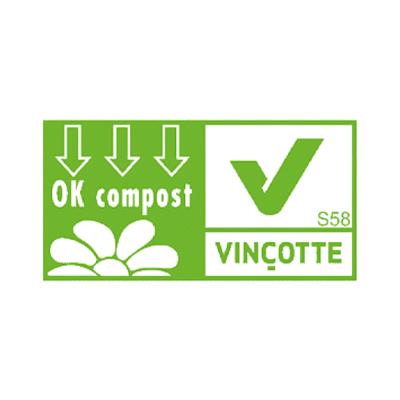
Aerosols
People are often concerned with putting aerosols in their recycling bins at home because of the risk of them being pierced and exploding. While this is of course a valid concern and I'm sure the bin men really appreciate it, as long as the can is empty and any removable parts have been stripped away, it's perfectly fine (and encouraged) to recycle these cans in household bins at home. Aerosol cans are usually made from recyclable aluminium or tin-plated steel which can be processed time and time again.

FSC®
The FSC®, Forest Stewardship Council, is a body of 89 countries that set the "gold standard" of renewable forestry. Their certification system ensures timber is grown in well managed forests that result in zero deforestation overall, are maintained by workers that are paid a fair wage with a safe work environment and help provide for local communities.

Can you recycle bottle caps?
Yes! Generally speaking, both metal and plastic bottle caps can be recycled. There are two types of metal bottle caps, steel and aluminium, both of which are fully recyclable. Plastic bottle caps are usually made from polypropylene making them generally recyclable, however, the bottles they're attached to are made from PET so in an ideal world they're separated.
If you're unsure
There's no shame in being unsure about which packaging can be recycled, what goes where and exactly what you need to do in order to benefit the environmental movement as a whole. It's common enough, and as long as you're trying to do your bit that's certainly better than nothing but if you've got specific items you're unsure about, you can head over to the recyclenow website and use their "recycle an item" search - just input your postcode and the item you're trying to figure out and it'll figure it out for you!
If you're still unsure, even after googling and trawling the web for the answer, the best practice is (unfortunately) to just throw it in a landfill. It may sound counterintuitive, but believe me it sounded mad to me at first, but it's much better to throw away one thing than to risk contaminating other recyclable materials.
Check out our glossary page for eco symbols below...




